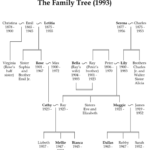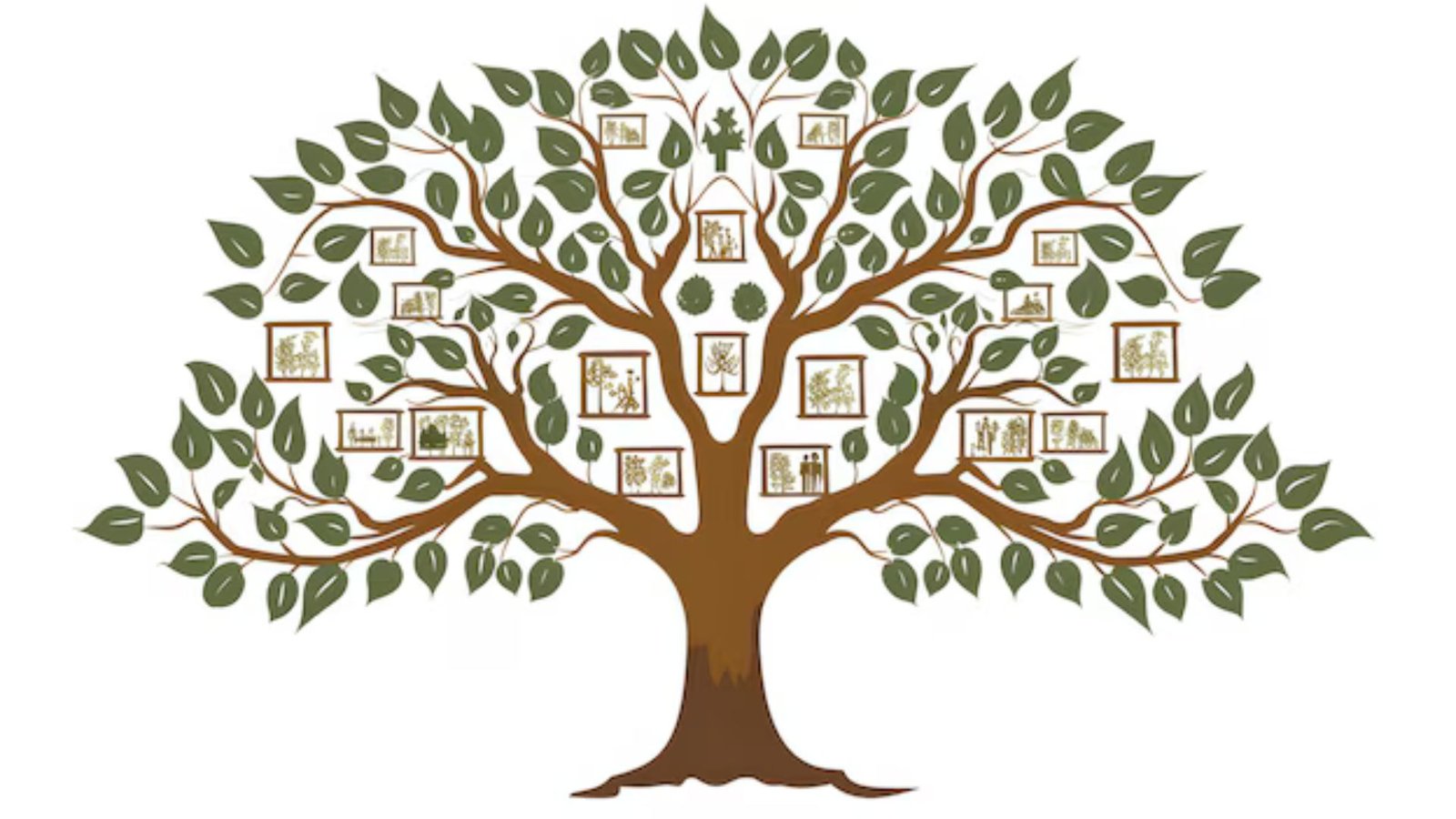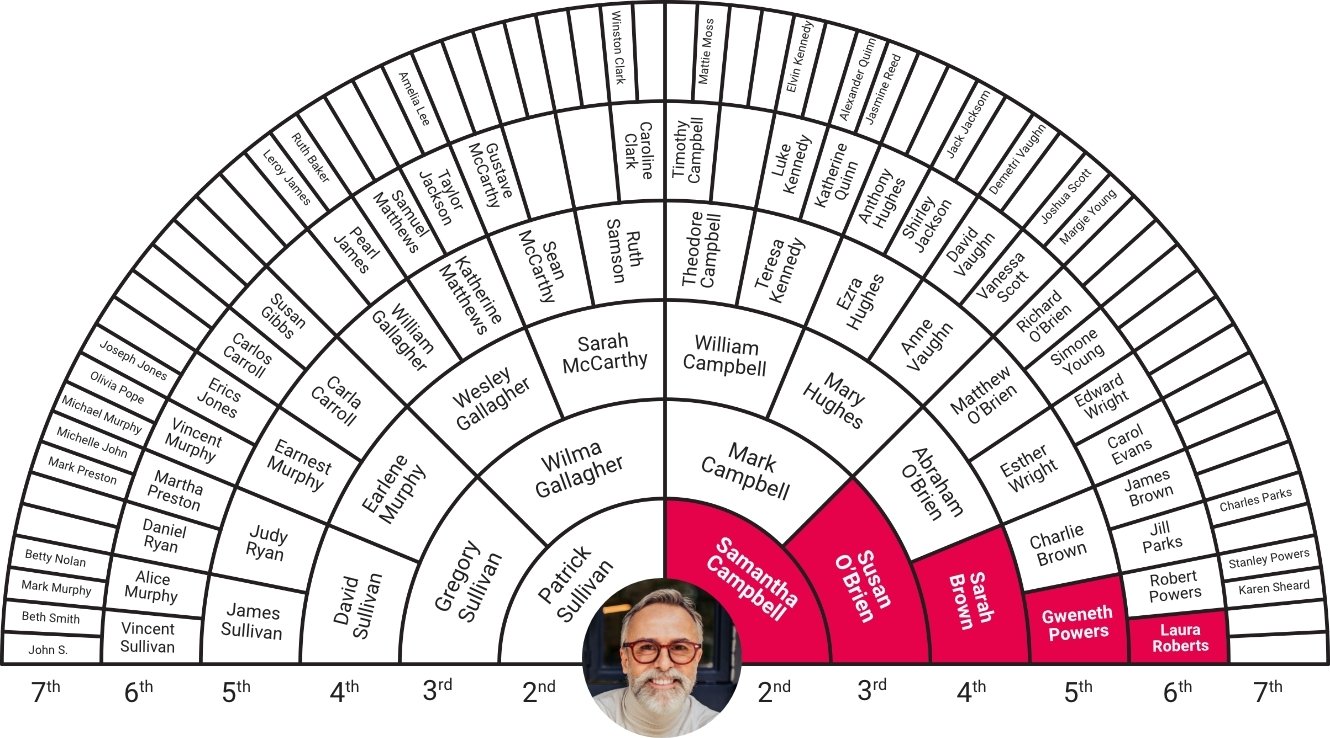Building a family tree is an exciting journey, but as you gather information, it can become overwhelming to keep track of all your records and documents. Proper organization is key to maintaining accuracy, making discoveries, and sharing your findings. Here are some practical tips to help you stay organized as you build and expand your family tree.
1. Choose Your Preferred Organization System
Before you begin, decide on how you want to organize your family tree records. There are a few options to consider:
- Paper-based system: If you prefer to work with physical documents, use binders with dividers to keep records by family branch. Make sure each document is clearly labeled with names, dates, and any pertinent details.
- Digital system: For a more modern approach, use genealogy software or websites (like Ancestry.com or FamilySearch) to organize your family tree online. You can upload photos, documents, and notes directly into your family tree.
- Combination system: Many people use both physical and digital systems. For example, you might store original documents physically but upload scanned copies to your computer or an online platform for easy access.
2. Create a Centralized Filing System
Regardless of whether you’re using physical files or digital folders, create a centralized filing system. This will allow you to easily access records when needed. Organize by surname or family branch, and ensure that all relevant documents (such as birth certificates, marriage records, and census forms) are grouped together in each file. Consider these guidelines:
- Physical filing: Label folders with the names of individuals, family lines, or specific events.
- Digital filing: Use folder structures to group documents by family branch or generational line, and label files clearly (e.g., “John_Smith_Birth_Certificate.pdf”).
3. Label and Categorize Documents
Clear labeling is essential for keeping your records organized and accessible. Make sure to add descriptive names to each document. For example, label a birth certificate as “John_Smith_Birth_1900” and not just “Birth Certificate.” This way, you’ll know exactly what each document pertains to without having to open it.
Categorize your documents into different types for even better organization:
- Birth, marriage, and death certificates
- Census records and immigration documents
- Military service records
- Photographs
- Correspondence (e.g., letters, diaries)
4. Maintain a Citation System for Sources
In genealogy research, citing your sources is crucial for verifying the information you’ve gathered. Always document where you found your records—whether from online databases, libraries, archives, or personal interviews with relatives. You can keep track of sources in a spreadsheet or use citation management tools like Evernote or Airtable to record the source name, date accessed, and the specific document or entry you used.
5. Scan and Digitize Physical Documents
Digitizing your records ensures that you don’t lose important information due to damage or loss of physical documents. Use a scanner to create digital copies of birth certificates, photos, and other documents. Store these digital files in cloud storage systems like Google Drive or Dropbox to ensure they are backed up and easily accessible from any device.

6. Regularly Update and Review Your Family Tree
As your family tree grows and new information surfaces, make sure to update and review it regularly. Keeping your family tree up-to-date will ensure that you don’t miss new connections or corrections. This can include:
- Adding new relatives or descendants
- Correcting any errors in dates, names, or locations
- Including new documents, photos, and stories that contribute to the family’s history
Set aside time each month or quarter to update your family tree and keep your records current.
7. Back Up Your Data
Backing up your family tree data is crucial to avoid losing all your hard work. Use a multi-layer backup system:
- Cloud storage: Services like Google Drive, Dropbox, or OneDrive offer cloud-based storage where you can securely upload documents and family tree files.
- External hard drive or USB: Keep a physical copy of your data in case your computer or cloud account encounters problems.
- Genealogy backup tools: If you’re using genealogy software, ensure that the program allows for easy backup of your tree and documents.
8. Share and Collaborate with Family Members
Sharing your family tree records with relatives is a great way to keep them involved and gather additional information. Use online platforms like Ancestry.com or FamilySearch that allow you to invite relatives to view and contribute to the family tree. Collaborative research helps you uncover more details and correct any inaccuracies.
9. Create a Research Log
Genealogy research involves a lot of investigation, and it’s easy to lose track of what you’ve already done. Keeping a research log will help you track the steps you’ve taken, the documents you’ve reviewed, and any leads you need to follow up on. Use a simple notebook, spreadsheet, or digital tool to record this information.
Include the following details in your log:
- Date of research
- Sources reviewed (e.g., specific records or websites)
- Questions to explore further
- Potential family members to research
10. Keep Notes and Family Stories
In addition to records and official documents, family stories and anecdotes provide context and depth to your family history. Make a habit of recording oral histories from older relatives, including stories about their childhood, family traditions, and any unique events. These stories add a personal touch and bring your family tree to life.
Conclusion
Organizing your family tree records and documents is essential for making your research process smoother and more effective. By choosing an organization method that works best for you, maintaining clear records, backing up your data, and collaborating with family members, you can ensure that your genealogical journey is as enjoyable and accurate as possible. As your family tree continues to grow, a well-organized system will help you preserve the history and legacy of your ancestors for future generations.










